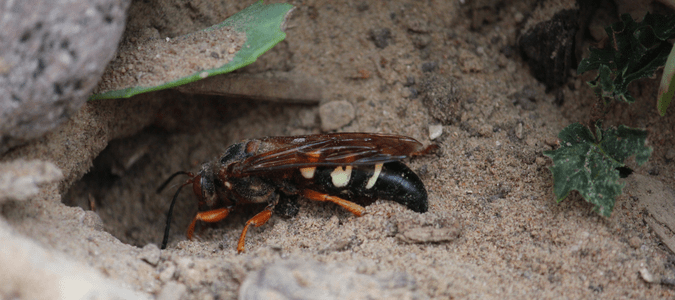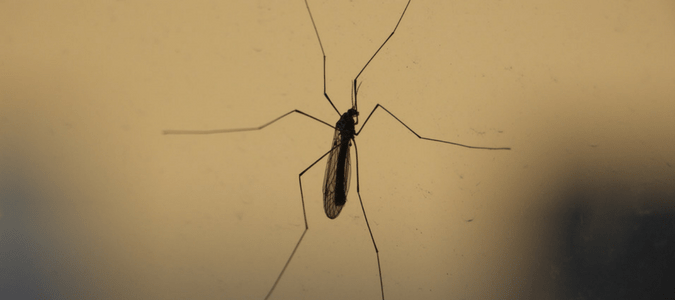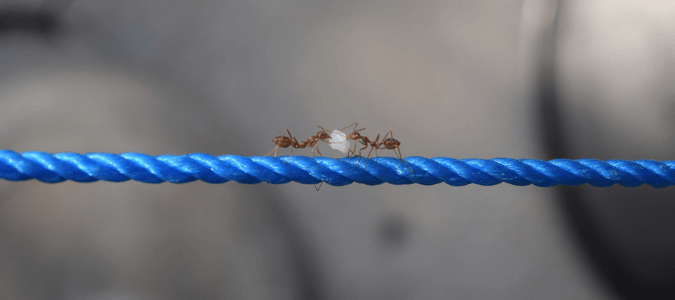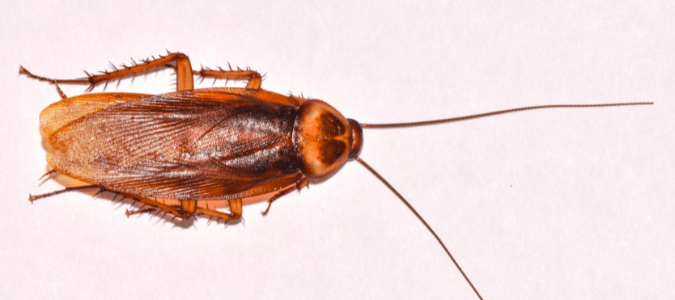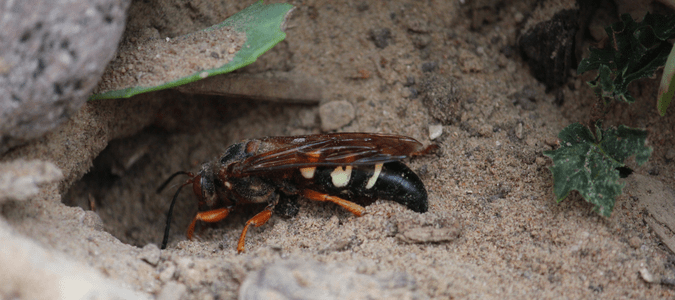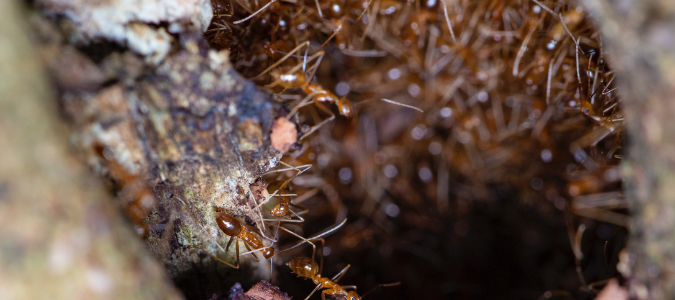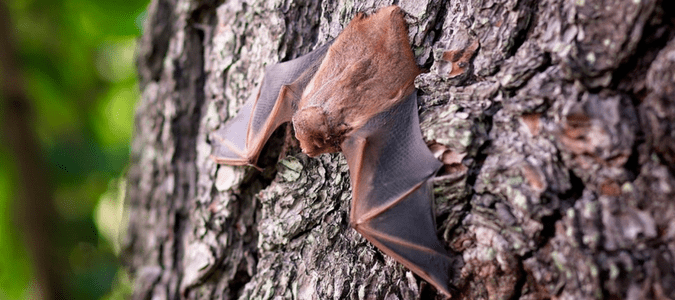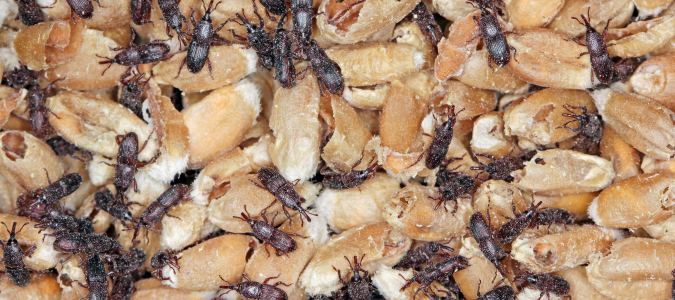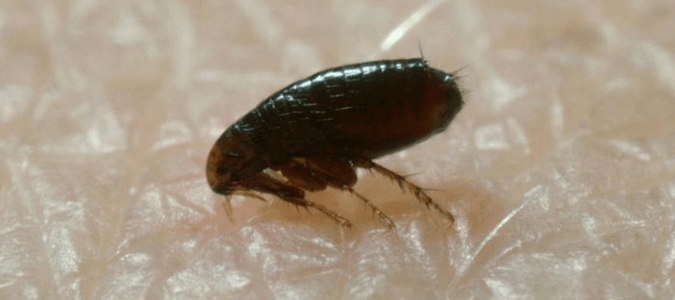How To Identify Fire Ants With Wings
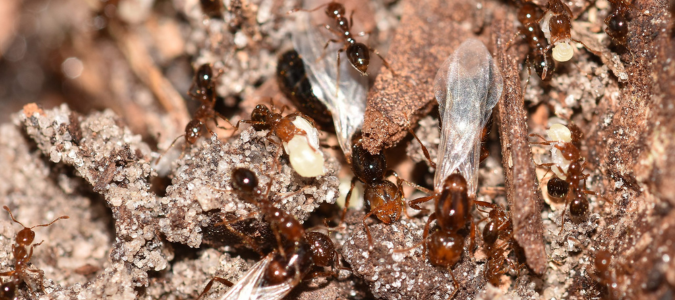
Fire ants are annoying pests that can cause pain when they bite and sting. It’s important for homeowners to understand the different types of fire ants, particularly winged fire ants versus non-winged fire ants.
Fire ants with wings are the reproductive members of the colony. You may see them swarming between the spring and fall seasons when they mate. Spotting a fire ant swarm is a sign that a fire ant colony is nearby. Keep reading to learn more about how to identify fire ants with wings.
How To Identify Fire Ants With Wings
Fire ants with wings are called “reproductives” because they are the sexually mature male and female members of the ant colony that reproduce. Unlike other colony members, they have wings so they can fly away from the nest to mate and establish new colonies.
Reproductive fire ants look similar to other fire ants with the addition of wings. They have … Read Full Post »
